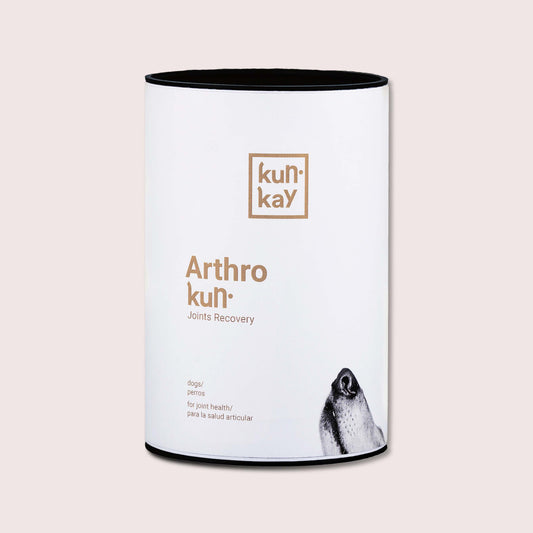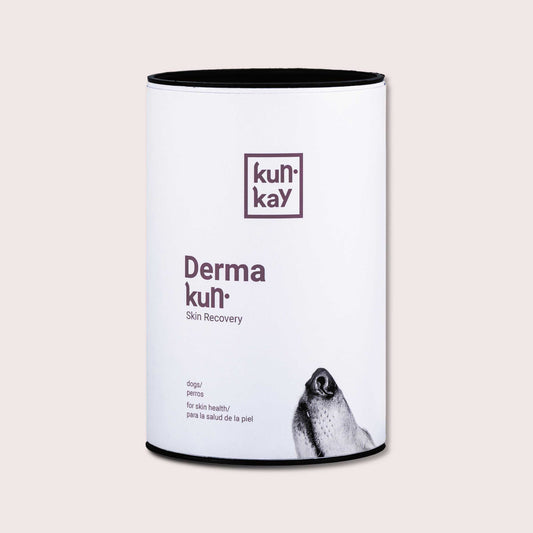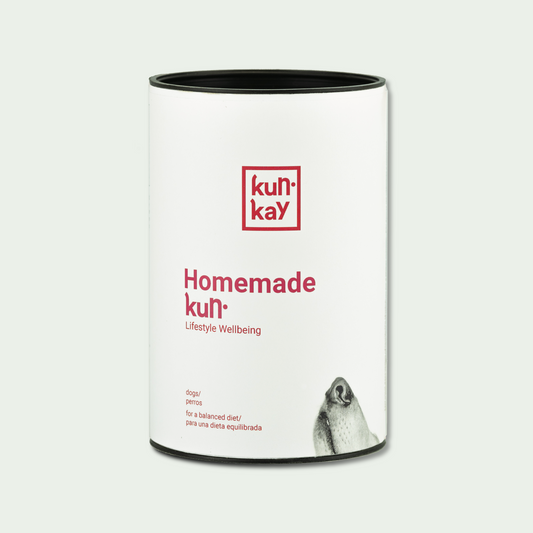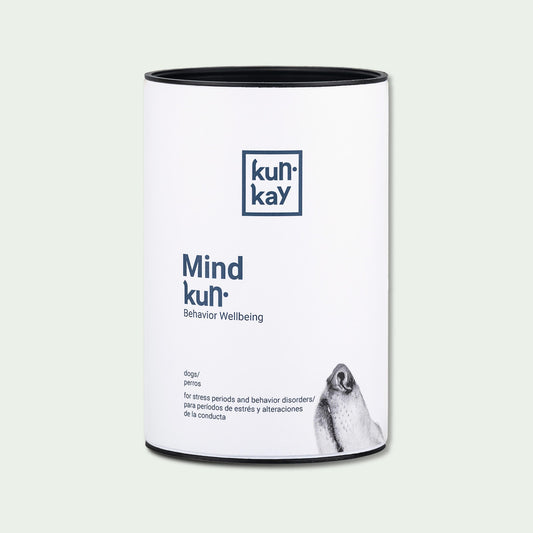Toxic plants and flowers for my dog and cat🐶🐱
-
OLEANDER (Nerium oleander): This plant is very striking because of its pink flowers, but it is toxic to both cats and dogs. Starting from the petals of its flowers to its leaves. The main symptoms are: depression, abdominal pain and diarrhea, excessive salivation, changes in heart rate and rhythm, and in severe cases it can be fatal.
-
FOXGLOVE (Digitalis purpurea): This plant has beautiful purple flowers, but do not be fooled, as it is also very toxic to both animals. It can cause vomiting, diarrhea, weakness, hypersalivation, muscle contractions, arrhythmias, difficulty breathing, heart failure, coma, and death.

-
POTHOS (Epipremnum aureum): This is a very common houseplant due to its easy maintenance. Toxic to dogs and cats. Even contact can cause irritation and swelling of the mouth and palate. Once ingested, symptoms are more severe, causing vomiting, excessive drooling, and difficulty swallowing.
-
MONSTERA DELICIOSA (Monstera deliciosa): This plant is also toxic to our furry friends and its symptoms are very similar to the previous plant, the Pothos.
-
DIEFFENBACHIA (Dieffenbachia): This is practically the same case as the two previous plants. The symptoms are the same as the pothos and the Monstera deliciosa.
-
HOLLY (Ilex aquifolium): This plant with pointed leaves and red berries is strongly associated with Christmas and the holidays, although we must keep in mind that it is also toxic to both cats and dogs. All parts are toxic, including leaves, fruits, and seeds. In small doses it causes gastrointestinal disorders such as abdominal pain, vomiting, diarrhea, general discomfort, and drowsiness. If the dose is very high, it can cause severe fluid loss due to strong diarrhea that can lead to hypovolemic shock.
-
EUCALYPTUS (Eucalyptus): Eucalyptus is toxic to both dogs and cats. Its most common symptoms are excessive salivation, vomiting, diarrhea, depression, and weakness.
-
ALOE VERA (Aloe barbadensis miller): Aloe Vera in nature can be toxic if ingested. Yes, you heard right, Aloe Vera can be toxic, but keep calm! We are well aware that there are products that use Aloe Vera for its multiple benefits, and this plant can be treated to make its application safe. What really makes this plant dangerous is a substance called aloin, found between the skin of the leaves and the gel inside. This yellow liquid, called latex, is where aloin is found, among many other substances. For this reason, it is important not to let them ingest Aloe Vera leaves. In case of high doses of ingestion, it can cause vomiting, diarrhea, and drowsiness.

-
SAW PALMETTO (Cycas revoluta): All parts of this plant are toxic, but especially the seeds, which contain a substance called cycasin. They pose a serious danger to our companions, as the symptoms caused by this toxin can be severe. Some of them are vomiting, hemorrhagic gastroenteritis, liver damage, liver failure, melena, jaundice, increased thirst, bruising, coagulopathy, and it can even cause death.
-
IVY (Hedera helix): Ivy, also known as climbing plant, is also dangerous, and in this case, we must watch out for both its leaves and its fruits. Contact with the leaves can cause edema and dermatitis in the area. Ingesting them causes abdominal pain, vomiting, and inflammation of the respiratory tract, making breathing difficult. The leaves are more dangerous than the fruits, although both parts are toxic.

-
MOONFLOWERS (Ipomoea): The whole plant is toxic, but especially the roots and seeds, since ingesting a large amount of seeds can cause hallucinations. It causes digestive disorders such as severe diarrhea and vomiting, irritation in the digestive tract accompanied by general discomfort.
-
LILIES (Lilium): There are many species of lilies and the vast majority are toxic, especially those belonging to the families of true lilies and azaleas. Exposure to a lily can cause anything from vomiting to, in severe cases, irregular heartbeats, low blood pressure, disorientation, coma, and seizures. Special care is needed, as they can even cause death if not treated in time. It is important to know what type of lily you have at home to properly assess the risks it may pose to our furry friends.

-
TULIP (Tulipa gesneriana): The tulip is another widely spread flower in homes thanks to its bright and beautiful colors. If your cat or dog ingests its leaves, it can cause some mild problems, but its real danger lies in the bulb, as symptoms escalate to hypersalivation, vomiting, diarrhea, depression, and loss of appetite.
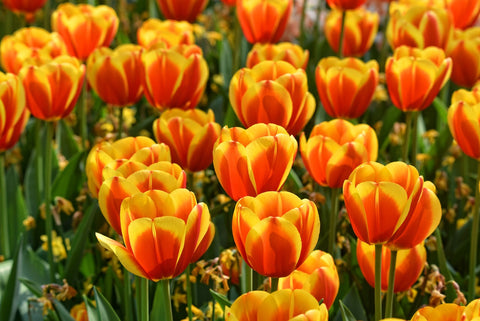
-
HYACINTH (Hyacinthus): The bulb of this plant is toxic and can cause digestive problems such as vomiting or diarrhea, sometimes accompanied by blood, depression, and tremors.
-
GERANIUM (Geranium): To finish this list, we present the geranium, a very popular plant and a true star of balconies. The symptoms it can cause if ingested are vomiting, depression, lack of coordination, and tremors.
If you have questions about any plant or flower you have, either inside the house or in the garden, you can consult this page to see if they are dangerous and harmful to your cat or dog: https://www.aspca.org/en/pet-care/animal-poison-control/toxic-and-non-toxic-plants
The suggestion we give you from Kunkay:
- Avoid contact with these plants and if you already have them at home, try to place them somewhere inaccessible to your friend. Although we know that in some cases it can be very difficult, as they can be very curious.
- It is as important to avoid contact as to prevent by strengthening the immune system of your dogs and cats with products specially formulated for this purpose. You can help them have stronger defenses with our Immunokun combined with our Superbrownkun🤎 made from superfoods for both dogs and cats.🐶🐱
- In cases where intoxication leads to eating disorders and gastrointestinal problems ending with vomiting, diarrhea, and abdominal pain, you can treat them with our Enterokun accompanied by our star product Superyellowkun💛.
- It is important to go to the veterinarian as soon as possible 👩⚕️, as there are many similar plants, and many others that can cause symptoms varying in severity depending on the degree of exposure to the plant. Symptoms will vary depending on whether it was only contact or if some part was ingested, which parts of the plant were ingested, the size, and the immune system of each animal. In these cases, speed and prevention are the most important to avoid more serious problems for our furry friends and to treat current ones effectively with the help of professionals who will guide you on what to do in each case.
From Kunkay we hope you have learned a lot from this blog 🧠 and that your furry friend 🐶🐱 does not have to go through all this thanks to prevention.💚

